Mydracyl 1% 15ml Drops in Pakistan
Mydriacyl 1% Eye Drops in Pakistan
Brand Name
Mydriacyl
Active Ingredient
Tropicamide
Concentration
1%
Bottle Size
15ml
Manufacturer
Alcon Pharma
Uses
- Pupil dilation for eye examinations
- Temporary treatment of accommodative spasm
Mechanism of Action
Mydriacyl is an anti-cholinergic agent that blocks the action of acetylcholine, a neurotransmitter responsible for pupil constriction and accommodation. This results in pupil dilation (mydriasis) and paralysis of the ciliary muscle, leading to temporary loss of near vision (cycloplegia).
Dosage and Administration
- Instill 1-2 drops into the affected eye(s) as directed by your healthcare provider.
- Repeat the dose if necessary, as per the instructions.
Precautions
- Use with caution in patients with glaucoma, as Mydriacyl may increase intraocular pressure.
- Avoid touching the dropper tip to any surface to prevent contamination.
- Discard the bottle after 28 days of first opening to prevent microbial contamination.
Side Effects
- Temporary blurred vision
- Photophobia (light sensitivity)
- Stinging or burning upon instillation
- Dry mouth
Storage
- Store at room temperature, away from direct heat and sunlight.
- Keep the bottle tightly closed when not in use.
- Keep out of reach of children.
-

Original price was: ₨3,500.00.₨2,999.00Current price is: ₨2,999.00.
Description
Mydriacyl 1% Eye Drops in Pakistan
Brand Name
Mydriacyl
Active Ingredient
Tropicamide
Concentration
1%
Bottle Size
15ml
Manufacturer
Alcon Pharma
Uses
- Pupil dilation for eye examinations
- Temporary treatment of accommodative spasm
Mechanism of Action
Mydriacyl is an anti-cholinergic agent that blocks the action of acetylcholine, a neurotransmitter responsible for pupil constriction and accommodation. This results in pupil dilation (mydriasis) and paralysis of the ciliary muscle, leading to temporary loss of near vision (cycloplegia).
Dosage and Administration
- Instill 1-2 drops into the affected eye(s) as directed by your healthcare provider.
- Repeat the dose if necessary, as per the instructions.
Precautions
- Use with caution in patients with glaucoma, as Mydriacyl may increase intraocular pressure.
- Avoid touching the dropper tip to any surface to prevent contamination.
- Discard the bottle after 28 days of first opening to prevent microbial contamination.
Side Effects
- Temporary blurred vision
- Photophobia (light sensitivity)
- Stinging or burning upon instillation
- Dry mouth
Storage
- Store at room temperature, away from direct heat and sunlight.
- Keep the bottle tightly closed when not in use.
- Keep out of reach of children.
Key Benefits of Mydriacyl 1% Eye Drops
- Pupil Dilation: Mydriacyl is primarily used to dilate the pupils, facilitating easier examination of the retina and other structures within the eye during procedures like fundoscopy.
- Short-Acting: The effects of Mydriacyl are rapid and short-lived, making it ideal for diagnostic purposes where prolonged pupil dilation is not necessary.
- Cycloplegia: It helps in relaxing the ciliary muscle of the eye, which is useful for cycloplegic refraction, allowing for more accurate vision assessments.
- Pre- and Post-Operative Use: Mydriacyl can be utilized in pre-operative and post-operative scenarios where temporary pupil dilation is required.
- Ease of Use: Administered as eye drops, it is easy to apply and does not require complex procedures.
Key Ingredients
- Active Ingredient:
- Tropicamide: 1.0% w/v – An anticholinergic agent that induces mydriasis (pupil dilation) and cycloplegia (paralysis of accommodation).
- Excipient:
- Benzalkonium Chloride: 0.01% w/v – A preservative that helps maintain the stability of the solution.
- Disodium Edetate: Used as a chelating agent.
- Sodium Chloride: Helps in maintaining osmotic balance.
- Sodium Hydroxide and/or Hydrochloric Acid: Used for pH adjustment.
- Purified Water: The solvent for the solution.
Mechanism of Action
Mydriacyl (tropicamide) is an anticholinergic agent that blocks the responses of the sphincter muscle of the iris and the ciliary muscle to cholinergic stimulation, resulting in mydriasis (pupil dilation) and cycloplegia (paralysis of accommodation).Specifically, tropicamide works by:
- Blocking the action of acetylcholine, a neurotransmitter responsible for pupil constriction and accommodation, at the muscarinic receptors in the iris sphincter muscle and ciliary muscle.
- Relaxing the iris sphincter muscle, allowing the radial muscle to contract and dilate the pupil.
- Paralyzing the ciliary muscle, which is responsible for the eye’s ability to focus (accommodation), leading to temporary loss of near vision.
The effects of tropicamide are rapid, with mydriasis occurring within 15-30 minutes and cycloplegia reaching its maximum within about 30 minutes. The duration of activity is approximately 3-8 hours for mydriasis and up to 6 hours for cycloplegia, with complete recovery in some individuals requiring up to 24 hours.

 Chemical structureSpatial arrangement of atoms in a molecule and their chemical bondsMoreDefinitionThe spatial arrangement of atoms within a molecule and the chemical bonds that hold the atoms together.ComponentsIncludes specifying the molecular geometry, electronic structure, and when necessary, the occupation of the molecule’s molecular orbitals.RepresentationRepresented using structural formulae and molecular models. Precise determination of bond lengths, angles, and torsion angles.The chemical structure of Tropicamide, the active ingredient in Mydriacyl 1% eye drops, can be represented by its molecular formula and structural formula.
Chemical structureSpatial arrangement of atoms in a molecule and their chemical bondsMoreDefinitionThe spatial arrangement of atoms within a molecule and the chemical bonds that hold the atoms together.ComponentsIncludes specifying the molecular geometry, electronic structure, and when necessary, the occupation of the molecule’s molecular orbitals.RepresentationRepresented using structural formulae and molecular models. Precise determination of bond lengths, angles, and torsion angles.The chemical structure of Tropicamide, the active ingredient in Mydriacyl 1% eye drops, can be represented by its molecular formula and structural formula.Chemical Formula
- Molecular Formula: C17H20N2O2
Structural Representation
Tropicamide’s chemical structure features a bicyclic system with a tertiary amine and an ester functional group. The structure can be depicted as follows:
textO
||
N----C
/ \
C C
| |
C C
\ /
C----C
/ \
C C
\ /
C----C
Key Features
- Bicyclic Structure: The compound has a bicyclic structure that contributes to its pharmacological properties.
- Functional Groups: It contains an amine group (N) and an ester group (C=O), which are crucial for its activity as an anticholinergic agent.
Key Precautions for Using Mydriacyl 1% Eye Drops
- Allergic Reactions: Do not use Mydriacyl if you are allergic to tropicamide or any of its ingredients. Symptoms of an allergic reaction may include shortness of breath, wheezing, swelling of the face or lips, and skin rashes.
- Pre-existing Conditions: Avoid using Mydriacyl if you have:
- Angle-closure glaucoma or a narrow angle between the iris and cornea.
- A history of hypersensitivity to anticholinergic drugs.
- Conditions such as high blood pressure, hyperthyroidism, diabetes, or heart diseases.
- Pediatric Use: Use with caution in children, as they may be more susceptible to central nervous system disturbances and behavioral changes.
- Contact Lenses: Remove soft contact lenses before instilling the drops, as the preservative (benzalkonium chloride) may accumulate in the lenses. Wait at least 15 minutes after using Mydriacyl before reinserting them.
- Driving and Hazardous Activities: Patients should avoid driving or operating machinery while their pupils are dilated, as this can cause temporary blurred vision and increased sensitivity to light.
- Contamination Prevention: Do not touch the dropper tip to any surface to avoid contamination. After instillation, compress the lacrimal sac for 2-3 minutes to minimize systemic absorption.
- Pregnancy and Breastfeeding: Consult a doctor before using Mydriacyl if you are pregnant or breastfeeding, as the effects on the fetus or infant are not fully established.
- Drug Interactions: Inform your healthcare provider about any other medications you are taking, especially other eye drops, antihistamines, antispasmodics, or drugs that affect heart rhythm.
- Storage: Store the drops at a temperature between 8° to 27°C (46° to 80°F) and keep the container tightly closed to maintain sterility.
- Expiry and Tampering: Do not use if the safety seal is broken or if the product is past its expiration date.
key things to avoid while using Mydriacyl (tropicamide) eye drops:
- Avoid driving or operating machinery until your vision clears, as Mydriacyl can cause temporary blurred vision and increased sensitivity to light.
- Protect your eyes from bright light while your pupils are dilated.
- Unless directed by your doctor, avoid using other eye medications until your pupils are no longer dilated.
- Do not touch the dropper tip to any surface to avoid contamination.
- If wearing contact lenses, remove them before using Mydriacyl and ask your doctor when you can replace them.
- Do not let the medication get into your mouth, especially when administering to a child.
- Avoid sharing this medication with others, even if they have similar symptoms.
- Do not use Mydriacyl if you are allergic to tropicamide or any of its ingredients.
- Do not use Mydriacyl if you have angle-closure glaucoma or a narrow angle between the iris and cornea.
- Do not use Mydriacyl if the safety seal is broken or if the expiry date has passed.
Mydriacyl (tropicamide) is primarily used for the following purposes:
- Pupil Dilation: The main use of Mydriacyl is to widen (dilate) the pupil of the eye. This is essential for facilitating easier examination of the internal structures of the eye, such as the retina and optic nerve, during ophthalmic procedures.
- Cycloplegia: Mydriacyl relaxes the ciliary muscles of the eye, leading to cycloplegia, which temporarily paralyzes the eye’s ability to focus. This is particularly useful during refraction tests to determine the correct prescription for glasses.
- Pre-Operative Preparation: It is often used before certain eye surgeries or diagnostic tests to ensure that the pupil is adequately dilated for optimal visibility.
- Management of Eye Conditions: Mydriacyl may be used in specific cases to manage conditions that require pupil dilation for assessment or treatment.
Dosage
The usual dosage of Mydriacyl (tropicamide) eye drops is:
- For refraction (mydriasis): Instill 1-2 drops of 1% solution in the eye(s), repeat in 5 minutes. If the patient is not seen within 20-30 minutes, an additional drop may be instilled to prolong the effect.
- For examination of the fundus (cycloplegia): Instill 1-2 drops of 0.5% solution 15-20 minutes prior to the examination. May repeat every 30 minutes as needed.
- Heavily pigmented irides may require higher strength or more doses.
- Mydriasis typically reverses in 4-8 hours, but complete recovery may take up to 24 hours in some individuals.
Storage
- Store at 8° to 27°C (46° to 80°F).
- Do not refrigerate or store at high temperatures.
- Keep the container tightly closed.
- Keep out of reach of children.
Reviews
Mydriacyl eye drops are an effective and commonly used medication for pupil dilation and cycloplegia during eye examinations. However, reviews are limited as it is primarily used by healthcare professionals in clinical settings.Some key points from available reviews:
- Provides rapid and reliable pupil dilation for easier examination of the retina and other eye structures.
- Short duration of action is ideal for diagnostic purposes.
- Well-tolerated by most patients, with transient stinging upon instillation being the most commonly reported side effect.
- Caution advised in patients with glaucoma as it may transiently increase intraocular pressure.
- Proper precautions must be taken, such as removing contact lenses and avoiding driving until vision clears.
There are no specific dietary restrictions while using Mydriacyl (tropicamide) eye drops. However, it is important to consider the following:
- Hydration: Staying hydrated may help alleviate any dry mouth, a potential side effect of the medication.
- Alcohol and Sedatives: While not directly related to Mydriacyl, it is advisable to avoid alcohol and sedatives, especially if you experience blurred vision or light sensitivity after using the drops.
- Consultation with Healthcare Provider: Always inform your healthcare provider about your overall health and any medications you are taking, as they can provide personalized advice regarding diet and any potential interactions.
Mydriacyl (tropicamide) should be used during pregnancy only when clearly needed. Here are the key points regarding its use in pregnant women:
- Consultation Required: It is essential to discuss the risks and benefits of using Mydriacyl with your healthcare provider before use during pregnancy.
- Pregnancy Category: Tropicamide is classified as a Category C drug by the US FDA, which means that animal reproduction studies have shown an adverse effect on the fetus, and there are no adequate and well-controlled studies in humans. Therefore, the potential benefits may warrant its use in pregnant women despite potential risks .
- Lack of Human Studies: There are no controlled data in human pregnancy, and it is unknown whether tropicamide can cause fetal harm when administered to a pregnant woman .
- Animal Studies: While animal studies have shown some adverse effects, the relevance of these findings to human pregnancy is unclear due to the lack of extensive human data .
- Overall Recommendation: Mydriacyl is not recommended during pregnancy unless the potential benefits outweigh the risks, and it should be used under the guidance of a healthcare professional .
There is limited information on the effects of using Mydriacyl (tropicamide) eye drops while breastfeeding. However, here are the key points:
- Anticholinergic drugs like tropicamide may potentially interfere with breastfeeding by inhibiting lactation in animals, apparently by reducing growth hormone and oxytocin secretion.
- A single dose of ophthalmic tropicamide is not likely to significantly interfere with breastfeeding. However, during long-term use, it’s recommended to observe the infant for signs of decreased lactation, such as insatiety or poor weight gain.
- To minimize the amount of drug that reaches the breast milk after using eye drops, apply pressure over the tear duct by the corner of the eye for 1 minute or more, then remove any excess solution with an absorbent tissue.
- It is unknown if tropicamide passes into breast milk. Consult your doctor before breastfeeding while using Mydriacyl.
- The prescribing information for Mydriacyl states that it should be used during breastfeeding only when clearly needed, and the risks and benefits should be discussed with your doctor.

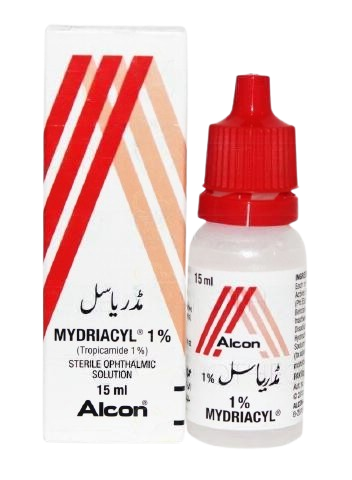


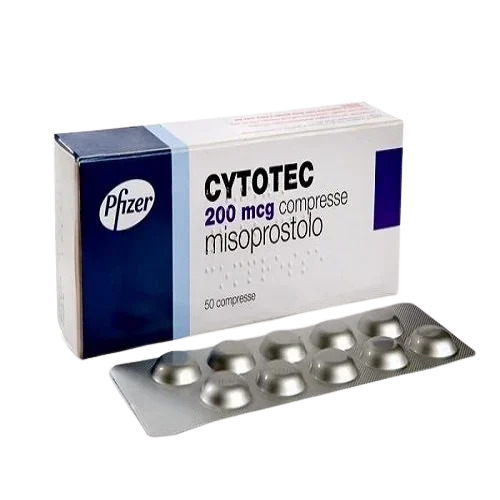
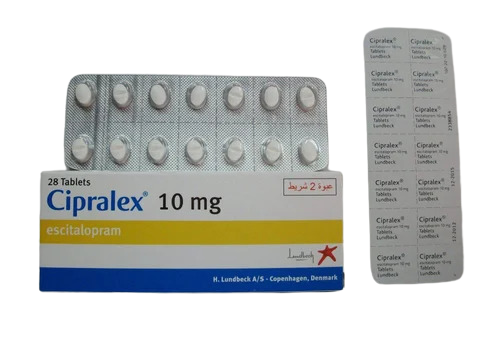
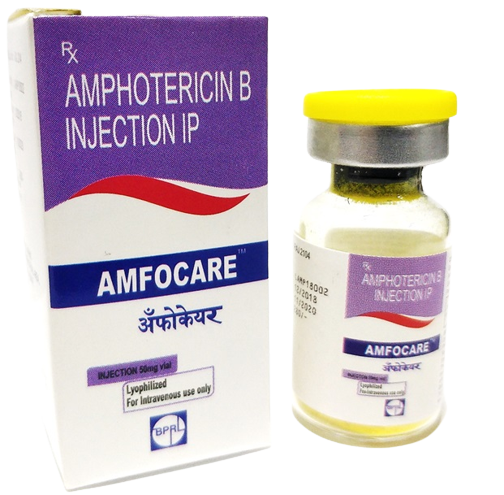
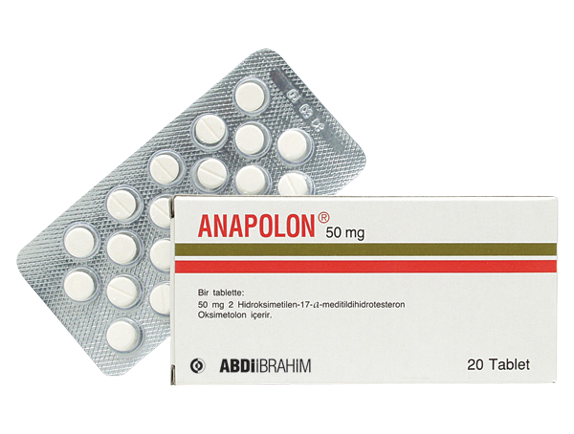
Reviews
There are no reviews yet.